How many times have some of us heard this phrase from our ancestors? Well here is proof by painting. Raphaël Ponson, the Provençal master, presents to us in this beautiful composition on cardboard panel what the Saint Giniez district was in the heart of Marseille in the 19th century...
A succession of green colors which respond to fragments of blues and grays of a sky before the rain which requires this peasant to hurry up to finish his work and to take his horse and his cart to safety .
Nice testimony to this bucolic view not at the gates of Marseille but in the heart of the metropolis..
The work is done in oil on a strong cardboard panel, it is offered in a beautiful gold frame with channels which measures 52 cm by 68.5 cm and 28.5 cm by 45 cm for the cardboard panel alone.
In excellent condition, it is signed lower left, countersigned and located “in Saint Giniez on the back”.
A work for art lovers nostalgic for a bygone era.
Renowned for his landscapes of the Provençal coast, Raphaël Ponson is the son of a theater decorator who taught him the basics of painting. Then he took classes at the practical drawing school in Marseille where he was a student of Émile Loubon, who taught him to paint landscapes while respecting the local tone. He went to Paris in 1855 and 1856, then to Italy where he completed his training. He then settled permanently in Marseille. He began at the Marseille Salon in 1852, and at the Paris Salon in 1861 with La Châtaigneraie near Chevreuse and Le Château d’If in Marseille harbor.
Works
In 1863, he decorated the gallery of private apartments of the new prefecture of Marseille. For the decoration of the rooms on the first floor of the Natural History Museum of the Palais Longchamp, Henri-Jacques Espérandieu called on Raphaël Ponson whose flexible and brilliant talent would be perfectly suited to the execution of this work according to the architect's remarks during of the presentation of the submission letter to the municipal council1. In 1867, he decorated the three rooms on the first floor where he painted the spectacular natural sites: Niagara Falls, the Sea of Ice, the Amazon rainforest and the basalt caves of Fingal in one of the Hebrides Islands. The most famous room is that of Provence, where Ponson represents different landscapes for each of the small regions of Provence: cork oaks, chestnut trees and arbutus trees for the Var, olive trees and oleanders for Bouches-du-Rhône, and mulberry trees, almond trees and melons for Vaucluse2. He also decorates the Rigaud3 café and the Plauchut patisserie at the top of the Canebière in Marseille.
He specializes in the representation of beaches, coves and sea shores around Marseille. To distinguish himself from his younger brother, Étienne Aimé Ponson, still life painter, he added his first name to his surname. Present in numerous regional exhibitions, he obtained several awards.
Works in public collections
Aix-en-Provence, Granet museum: Gulf of Bandol.
Avignon, Calvet museum: L’Anse de la Couronne near Martigues.
Béziers, Museum of Fine Arts:
Calanque de Port Pin near Cassis;
Evening at the Gulf of Bandol.
Carcassonne, Museum of Fine Arts: Seaside in Bandol.
Cassis, Mediterranean municipal museum: Italian brick in the port of Cassis.
Digne-les-Bains, Gassendi museum: The Calanque de Sormiou.
Dijon, Museum of Fine Arts: The Château d’If: morning effect5.
Hyères: Coastline in Hyères.
Rue de la République, Marseille, Bouches-du-Rhône prefecture hotel.
Marseille:
Museum of Fine Arts:
Morning in Sausset;
Cotes de Sormiou;
Marine.
Maritime Museum: Coal ships in the national basin, 1890.
Bouches-du-Rhône prefecture hotel, private apartments: four circular paintings, ordered on May 23, 1866 by the prefect Charlemagne de Maupas to decorate a gallery of his apartments, representing districts of Marseille:
The Longchamp Palace;
Republic Street;
Borély Park;
The Pharo.
Narbonne, Museum of Art and History:
View of Endoume;
Gull nest at the Port-Miou cove.
Toulon, Art Museum: Undergrowth in Sainte-Marguerite.
Tours, Museum of Fine Arts: Rocks in Cassis










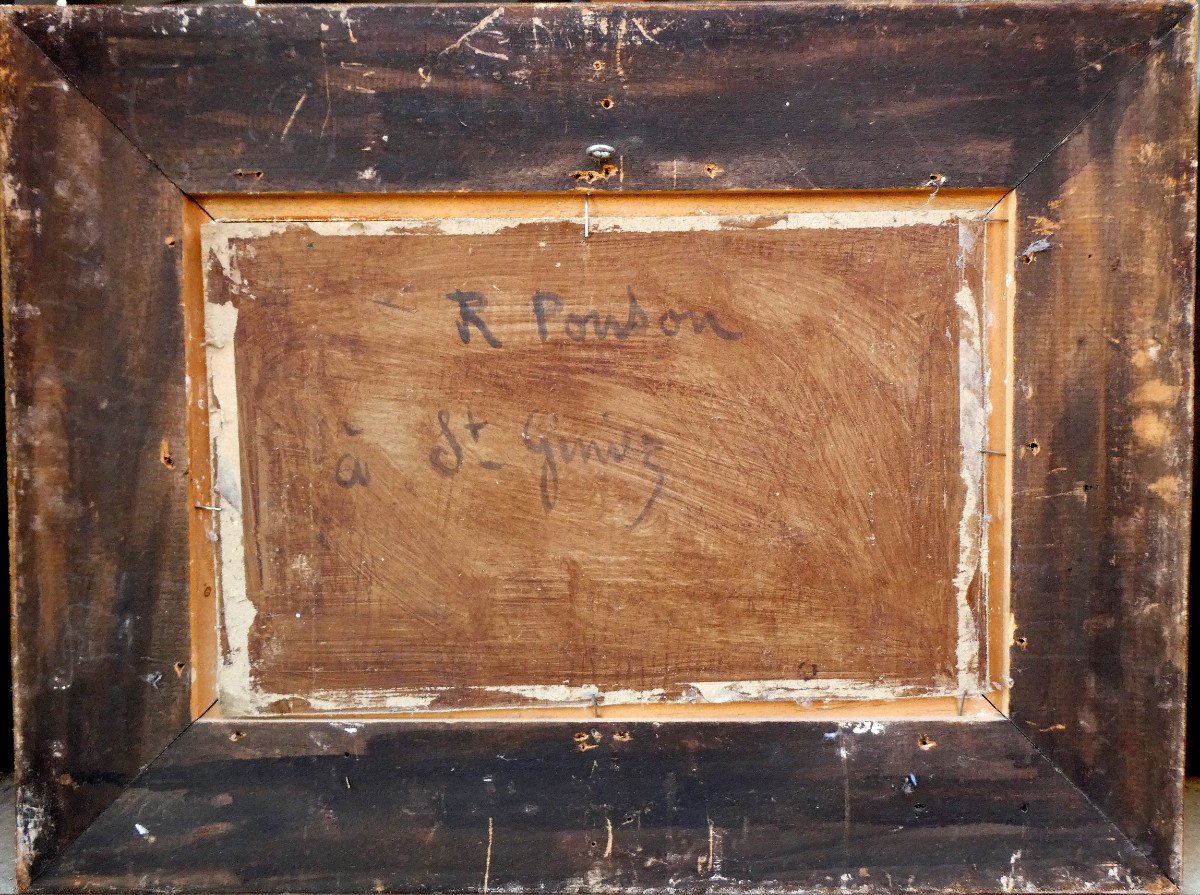
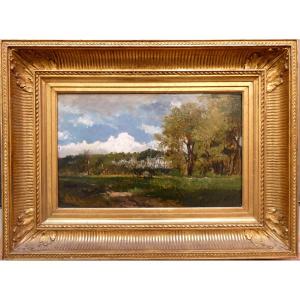











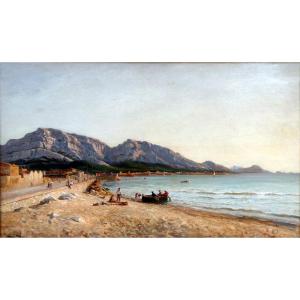
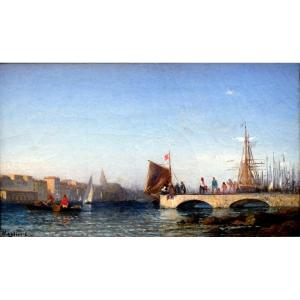


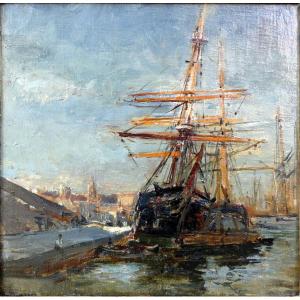
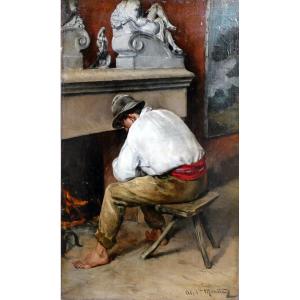

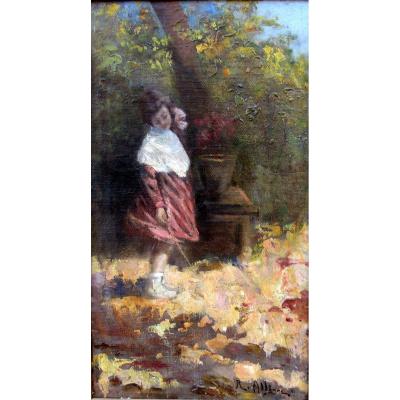

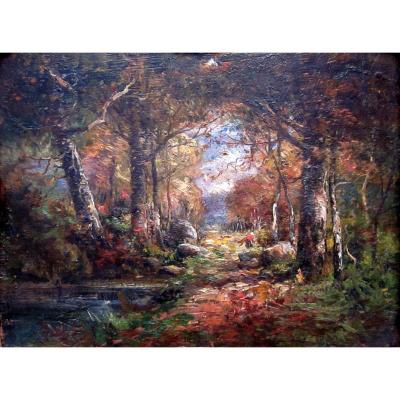
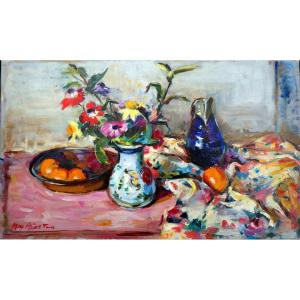

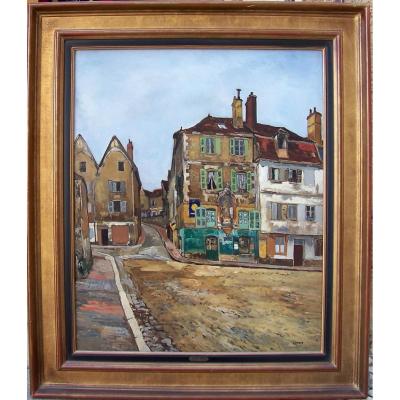



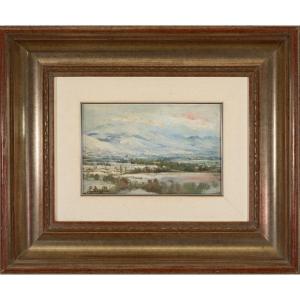




 Le Magazine de PROANTIC
Le Magazine de PROANTIC TRÉSORS Magazine
TRÉSORS Magazine Rivista Artiquariato
Rivista Artiquariato